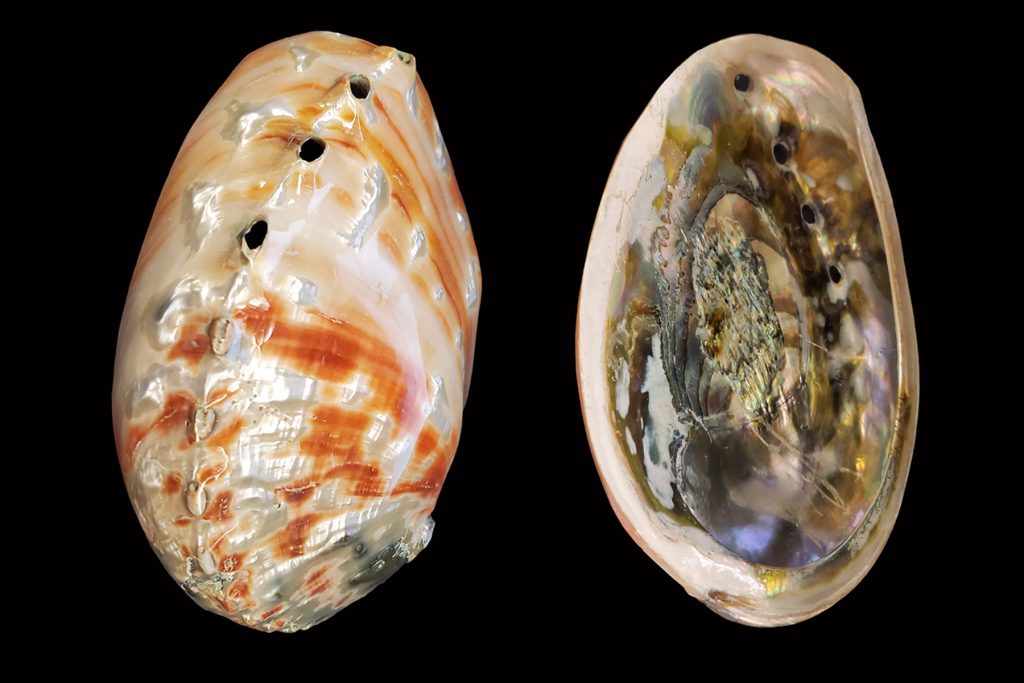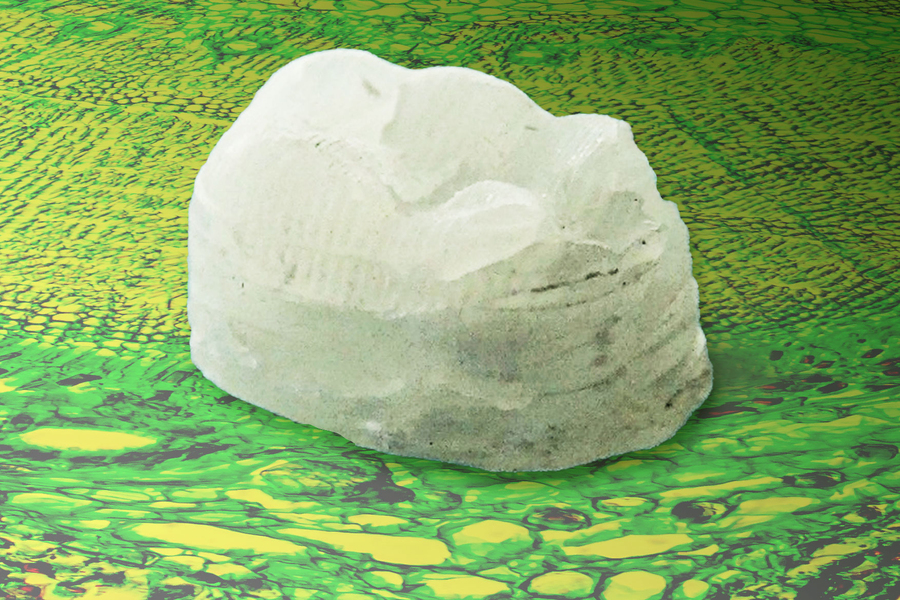Researchers at the Massachusetts Institute of Technology (MIT) have come up with a novel plant-derived 3D printable composite that could pave the way for the sustainable production practices of the future.
Concocted from a mixture of synthetic plastic and cellulose nanocrystals (CNCs), chains of organic polymers found naturally in plantlife, the material has a highly-reinforced brick-and-mortar structure, akin to that of a mollusk’s inner shell.
By pushing the CNC content of this composite as high as 90%, the team has managed to fortify it to the point that they say it’s “tougher than some types of bone and harder than typical aluminum.” In doing so, the engineers have also significantly reduced the material’s petrol content, thus it could now unlock the more sustainable 3D printing or casting of parts with as-yet-unseen properties.
“By creating composites with CNCs at high loading, we can give polymer-based materials mechanical properties they never had before,” says A. John Hart, a Professor of Mechanical Engineering at MIT. “If we can replace some petroleum-based plastic with naturally-derived cellulose, that’s arguably better for the planet as well.”

Unlocking the potential of CNCs
Inside every wood cell is a matrix made from cellulose, the natural world’s most abundant polymer, and each of these fibers contains reinforcing CNCs. Even though such CNCs feature polymer chains arranged into crystalline patterns, which at a nanoscale make them stronger than Kevlar, cellulose itself is most commonly turned into paper, or used in the food, cosmetic or textile industries.
Due to their attractive mechanical properties, a significant amount of research is now being poured into the extraction of CNCs using acid hydrolysis, with the aim of using them to fortify synthetic plastics. According to the MIT team, however, prior researchers have only been able to incorporate low concentrations of cellulose into other materials, as they tend to clump and bond weakly with polymeric molecules.
To overcome these drawbacks, engineers at MIT have therefore formulated a novel material, by mixing CNCs into an epoxy oligomer and photoinitiator, at a ratio that sees them turn into a gel. The idea being, to develop a nano-composite, with a consistency that allows it to be fed through a 3D printing nozzle or poured into a mold to be cast, without having any of the lumps that cause poor plastic cohesion.
“We basically deconstructed wood, and reconstructed it,” explains Abhinav Rao, PhD, one of the researchers on the project. “We took the best components of wood, which is cellulose nanocrystals, and reconstructed them to achieve a new composite material.”

A tough nanocomposite to crack
When the MIT researchers examined their new material under a microscope, they found it was characterized by a pattern similar to that of nacre, the tough biomineral which lines the inner side of some mollusk shells. Thanks to its ‘zig-zag’ microstructure, and CNC-loading of up to 90%, the team theorized that their cellulose-based composite could be printed or molded into highly-durable forms.
In order to test this hypothesis, the engineers went on to feed the gel into a DIW Hyrel 3D Engine SR printer fitted with a pneumatic extruder, which deposited it into 0.5mm-layered parts, before curing, drying and polishing them ahead of testing.
Interestingly, results showed that the gel shrank upon extrusion by 80%, something the team has attributed to solvent evaporation during initial drying. Yet, between the drying and thermal curing steps, they found the material could be molded with far less shrinkage, and that using a probe sonicator to disperse CNCs into the gel, was also a highly-effective means of unifying them with polymers.
Similarly, during ‘scratch’ assessments, in which the researchers attempted to deliberately crack their penny-sized prototypes, they discovered they were unable to, due to the way their composite’s cellulose grains were arranged.
Moving forwards, the engineers believe these strength characteristics, as well as the molding and printing compatibility of their material, could lend it applications in the production of cellulose-based dental implants, or even larger eco-friendly parts, although they add that they’d need to perfect its shrinkage to make this possible.
“If you could avoid shrinkage, you could keep scaling up, maybe to the meter scale,” adds Rao. “Then, if we were to dream big, we could replace a significant fraction of plastics with cellulose composites.”

Emerging wood-based biomaterials
Although wood isn’t currently widely-used within 3D printing, a significant amount of research is now being poured into unlocking their potential as an alternative to petroleum-based polymers. Last year, for instance, a different team from MIT came up with lab-grown wood cells that they theorized could be 3D printed into household furniture.
Likewise, researchers at the University of Freiburg have also developed a new 3D printable wood-based biomaterial, composed of both lignin and cellulose balls. Designed to address light construction or industrial applications, the team’s plant-laced crystalline polymers have proven capable of forming supramolecular networks in parts, albeit at the expense of the solidity needed for scalable usage.
Elsewhere, on a more commercial level, Desktop Metal has launched Forust, a wood-based binder jetting brand, focused on turning waste byproducts into end-use components. By mixing sawdust and lignin into a bio-epoxy resin composite, the firm now enables architects, designers and manufacturers to 3D print custom eco-friendly architecture using Desktop Metal systems.
The researchers’ findings are detailed in their paper titled “Printable, castable, nanocrystalline cellulose-epoxy composites exhibiting hierarchical nacre-like toughening,” which was co-authored by Abhinav Rao, Thibaut Divoux, Crystal E. Owens and A. John Hart.
To stay up to date with the latest 3D printing news, don’t forget to subscribe to the 3D Printing Industry newsletter or follow us on Twitter or liking our page on Facebook.
For a deeper dive into additive manufacturing, you can now subscribe to our Youtube channel, featuring discussion, debriefs, and shots of 3D printing in-action.
Are you looking for a job in the additive manufacturing industry? Visit 3D Printing Jobs for a selection of roles in the industry.
Featured image shows the MIT team’s 3D printed cellulose-based tooth model. Image via MIT.



